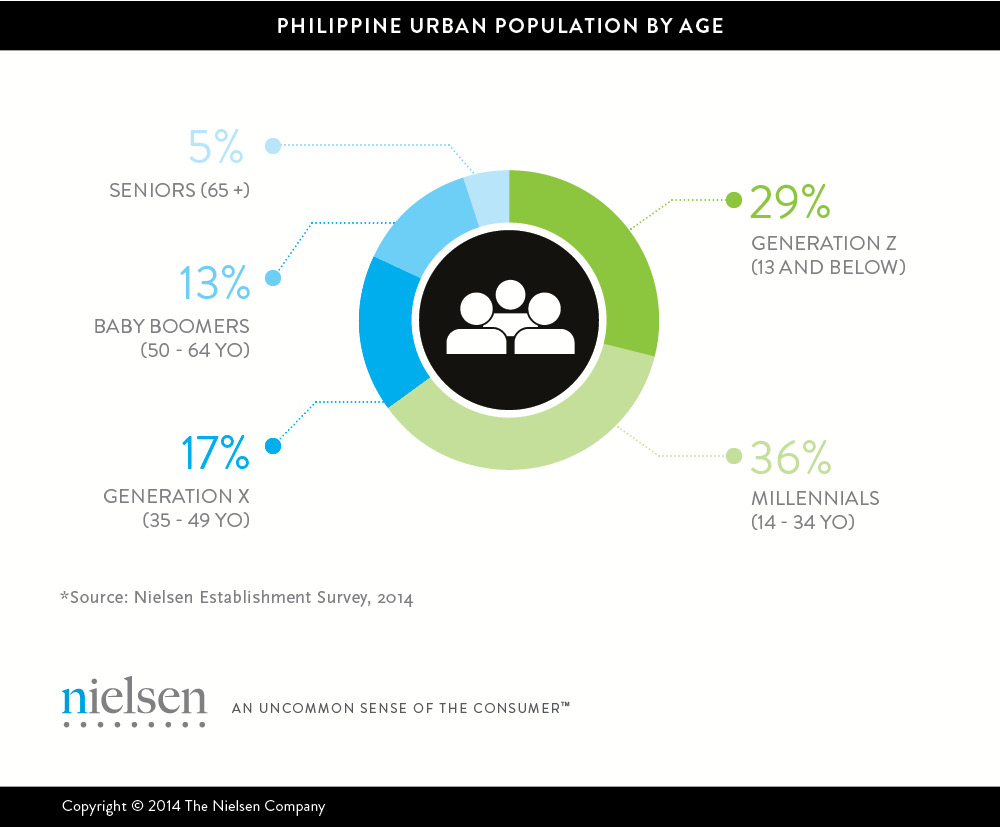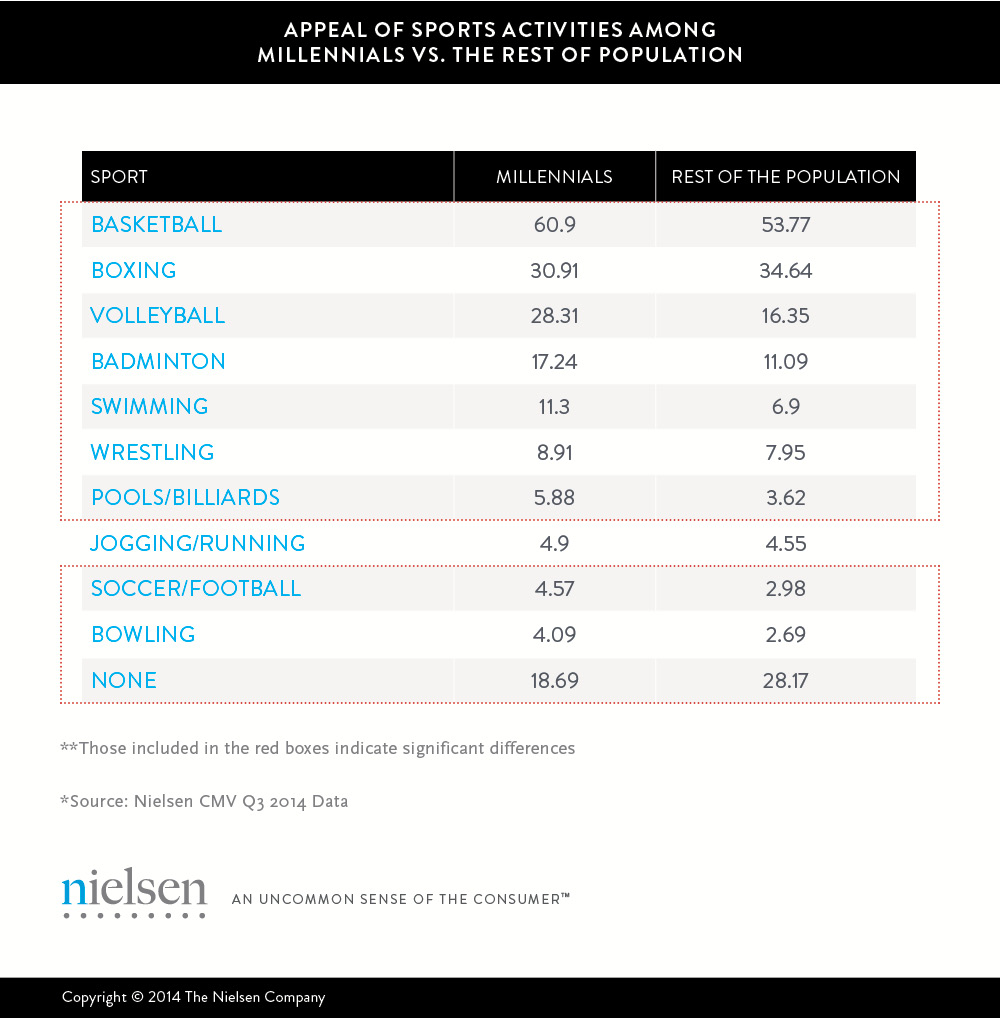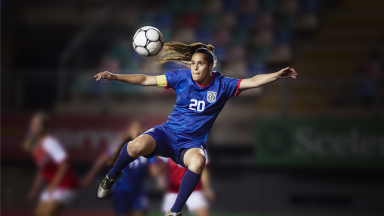Channeling focus on how to create an impassioned sports fan base in millennials is worth investing in if you are from the sports industry or a brand that advertises in this sector.
The emphasis on millennials bears more significance for a country such as the Philippines which has one of the youngest populations in the world. In the Philippines, millennials make up the biggest share of the population at 36% compared to baby boomers who only comprise 13%. Born between 1980 to 2000, millennials are expected to propel consumer consumption because of the influence that they are starting to wield in the households.

Notably, across the different age groups, millennials show the greatest interest in various sport activities. Foremost of which is their strong interest in basketball, the most popular sport in the country. In comparison, Filipino millennials show less interest in boxing at 31% versus 35% of the general population. Conversely, the proportion of millennials who have no interest in sports is significantly smaller (19%) than the rest of the population (28%).

THEY LIVE SPORTS
When millennials indicate interest in sports, it translates to actual participation, with 10% saying that they enjoy tough physical activities and 9% claiming that they play a lot of sports more so than the rest of the population. In fact, millennials engage in some form of exercise or sport at least once a week (16%). One would think that this could be because millennials are more health-conscious; however this is not the case. While non-millennials say that they see the value in taking care of themselves and ensuring that they are healthy for their families, participation in sports activities for millennials helps answer their aspiration to become more attractive to the opposite sex (26%) and to keep themselves young-looking (30%).
THE DIFFERENT MILLENNIALS
A closer look at the younger millennials (14-24 years old) and the older millennials (25-34 years old), shows a similar trend as the millennials versus the rest of the population. Older millennials show deeper concern on overall well-being and health, while younger millennials are more passionate about participation in sports activities.
Understandably, with majority (63%) of older millennials being married and with a quarter (25%) of them fathers, they have lesser time to devote to sports in between building careers and starting families. Older millennials, however, compensate by incorporating a diet or nutritional change into their daily lives. On the other hand, young millennials are made up of 48% students, over a quarter (27%) are unemployed and are predominantly (87%) single, giving them more time to explore the world of sports either at home or in school.
While each millennial set has varying reasons why they love sports and have different levels of showing their appreciation of it, the bottom line is: Millennials are sports’ biggest fans. The ball is now in the hands of sports organizations and brands to build an avid and heavily engaged millennial fan base. It is their ticket to getting attention towards less popular sports activities or further fuelling popularity. As for brands, the influence of millennials on consumption, opens a new pitch where they can play on. They have the ball, they should run with it!



